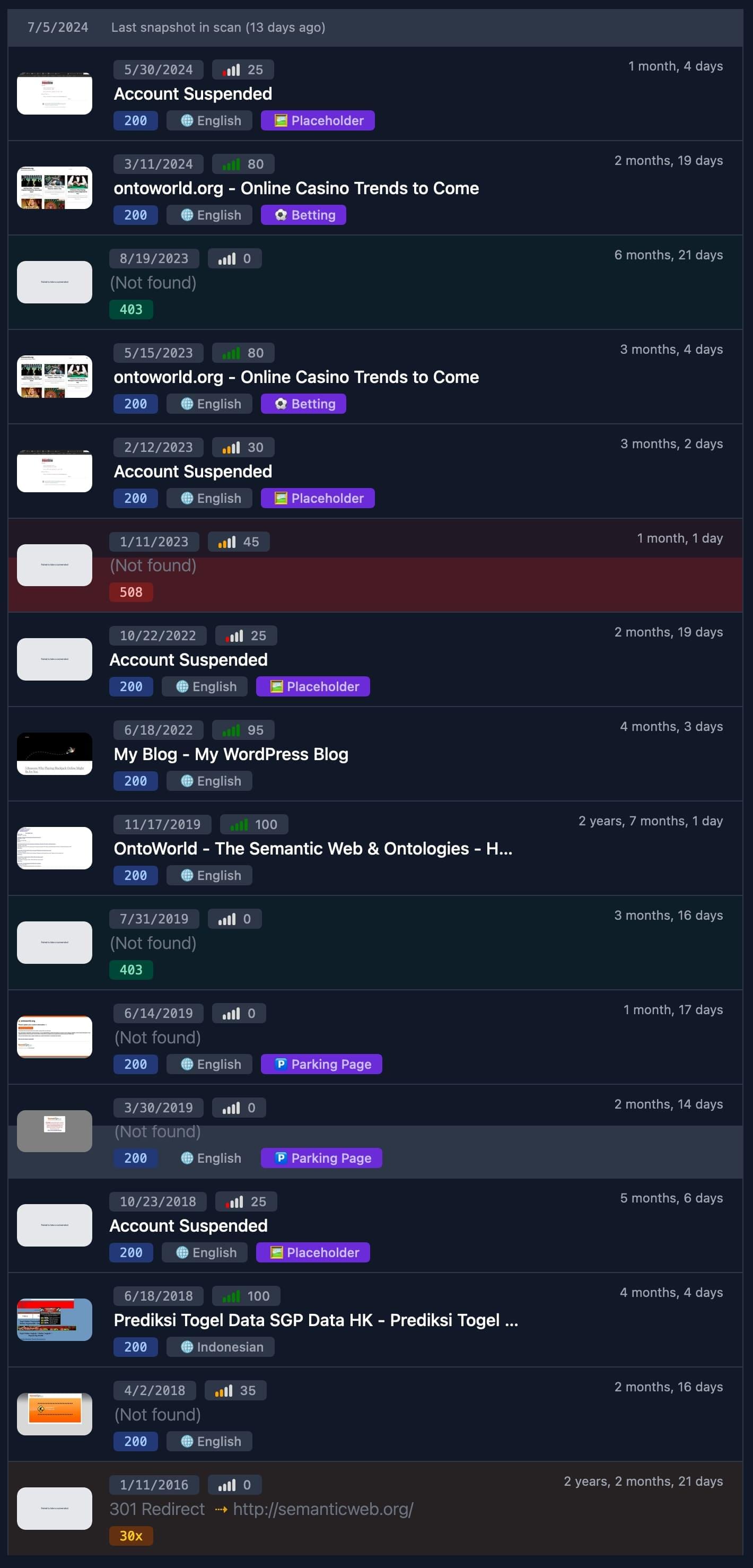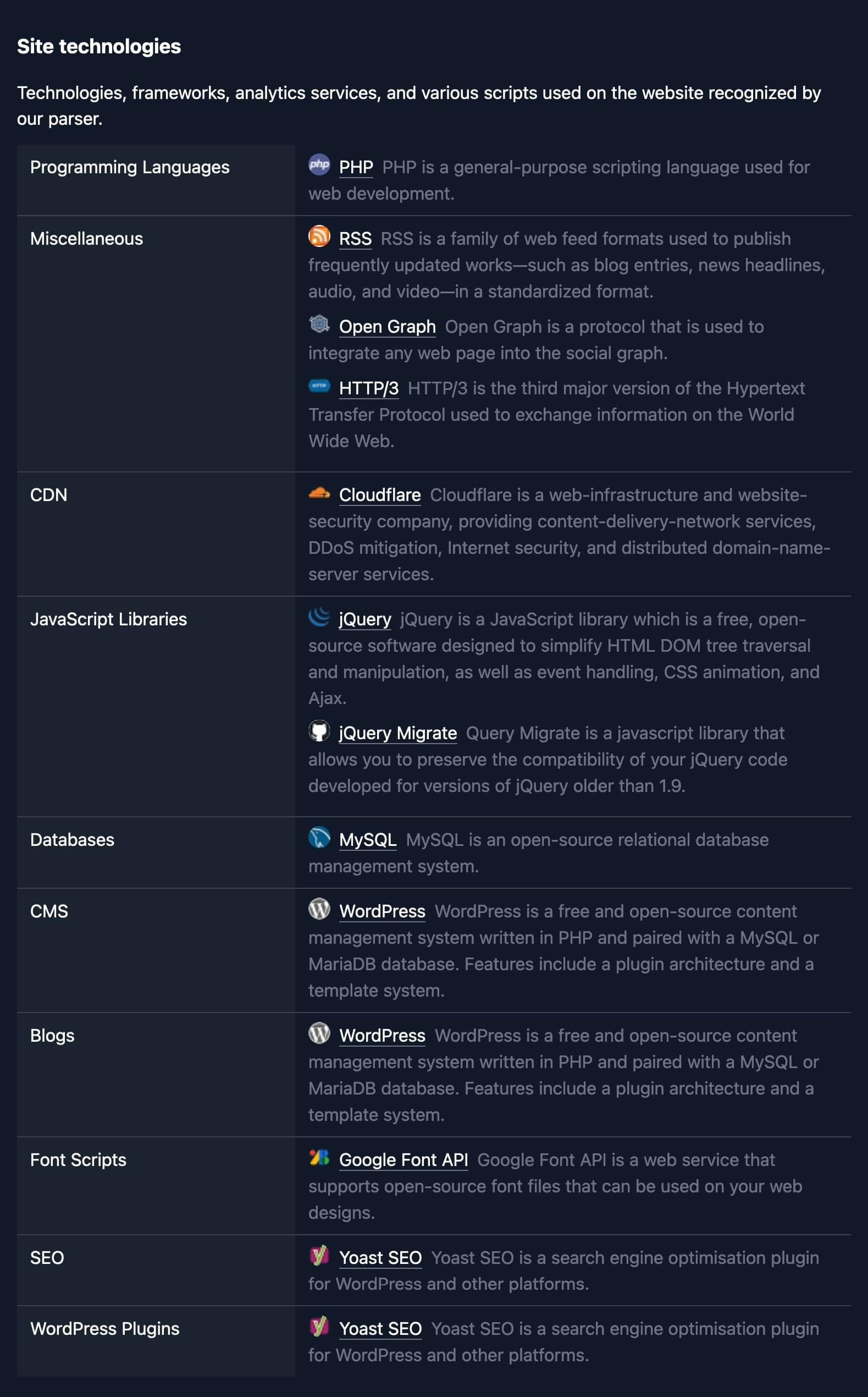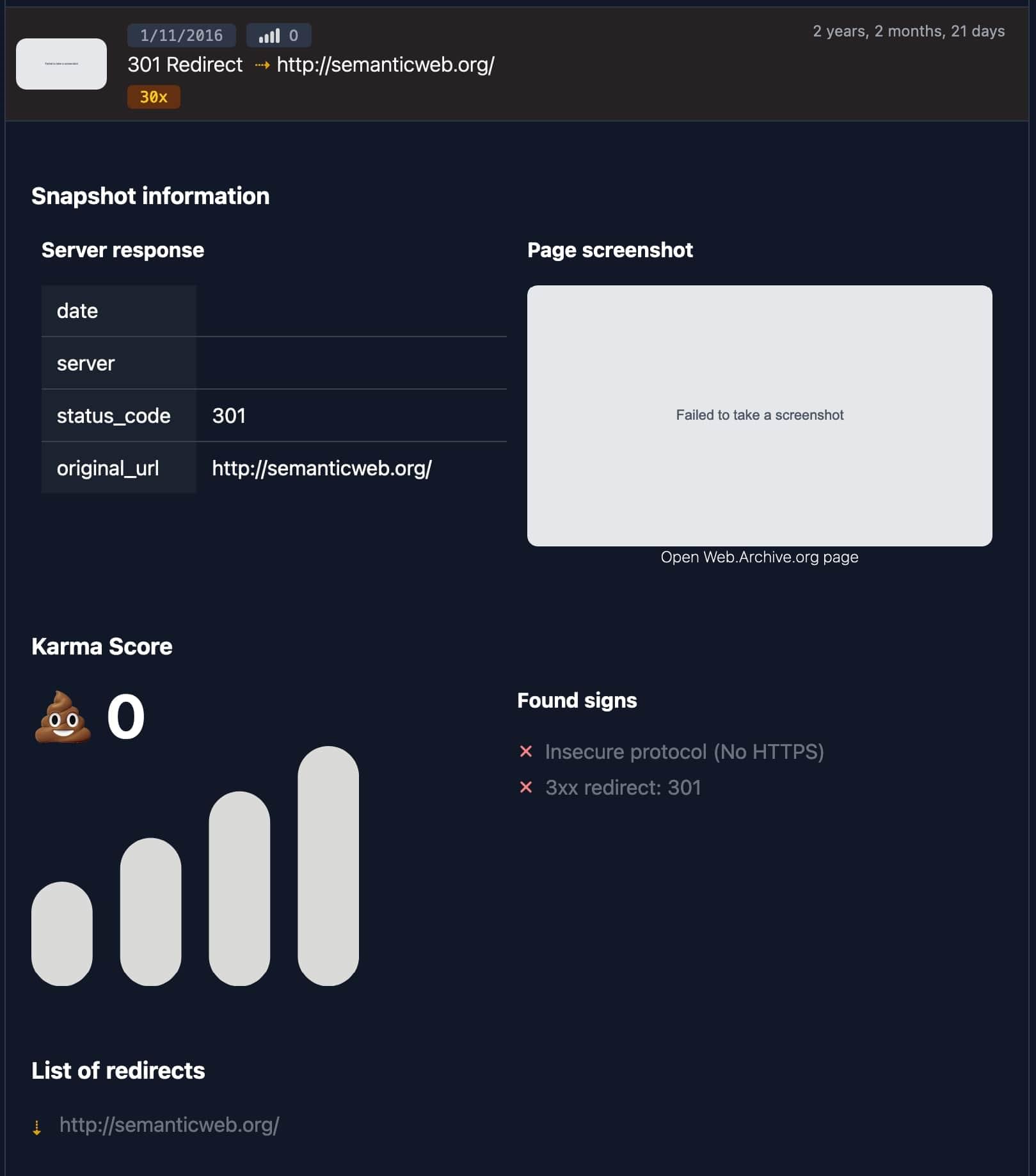The table above features aged domains with established history, ready to buy today. Each entry has been pre-screened for clean Wayback timeline, quality backlink profile, and practical reuse potential. Below: what makes aged domains valuable, where buyers find them, and what to verify before purchase.
Want to search for aged domains yourself? Skip the table and learn the complete search workflow for finding and vetting aged domains manually.
What Are Aged Domains?
Aged domains are names with real history—past content, backlinks, and mentions across the web. The value doesn't come from the age alone; it comes from the signals a domain accumulated over time. When those signals align with your topic, an aged domain can reduce the typical "cold start" new registrations face.
Why Aged Domains Can Be Valuable
- Inherited Signals: Existing backlinks and citations can help validate a new project faster than a brand-new domain.
- Topical Continuity: The closer your new content matches the domain's historical theme, the more of those signals remain relevant.
- Brand Lift: Short, memorable names with a clean past can improve credibility and click-through rates.
- Faster Traction (When Done Right): With clean history and topical alignment, new content can gain visibility more quickly than on a fresh domain.
Note: Age itself isn't a ranking factor. Real value comes from clean history, quality links, and topical match.
Where People Buy Aged Domains
Drop Lists (Drops / Closeouts)
- What It Is: Domains that weren't renewed and are released ("drop") on a schedule, or enter a registrar's closeout stream.
- How It Works: Buyers monitor daily drop lists and place backorders through drop-catching services, or pick up names in closeout if backorders didn't fire.
- Pros: Often lower prices than auctions; occasional hidden gems.
- Cons: High competition on quality names; strict timing; some names are captured by catchers before they ever hit public availability.
Auctions (Expired & Aftermarket)
- What It Is: Registrar and marketplace auctions for expired or private-seller domains.
- How It Works: Standard timed bidding or buy-it-now. Some platforms run "expired auctions" before a name fully drops, then move unsold names to closeout.
- Pros: Larger selection; clearer timelines; instant transfers on many platforms.
- Cons: Bidding wars can inflate prices; fees vary; you still need to perform full due diligence.
Karma.Domains aggregates millions of aged and expired domains from all major auction platforms and drop lists daily—GoDaddy, NameJet, DropCatch, Dynadot, Namecheap, and more—so you can search across dozens of sources in one place, filtered by domain age, backlink quality, and clean history.
How This List Is Curated
Domains featured in the table are filtered for:
- Clean Wayback History: No pharma, casino, piracy eras, doorway patterns, or suspicious redirect chains. Karma.Domains automatically analyzes Wayback snapshots for each domain, tracking content themes across years and flagging toxic eras, suspicious redirect chains, and topic switches—so you get clean-history candidates without manual archive review.
- Quality Backlink Profile: Real referring domains, natural anchors, and a sensible spread of links.
- Topical Relevance: Historical content and link anchors align with legitimate, in-topic use cases.
- Technical Hygiene: No signs of hacks, malware, penalties, or indexing anomalies.
- Practical Fit: Each domain is viable for an on-topic rebuild, a same-theme launch, or carefully mapped redirects.
Smart Ways To Use Aged Domains
- On-Topic Rebuild: Relaunch a site in the same or closely related niche. This best preserves topical relevance and any remaining link equity.
- New Project, Same Theme: Introduce a fresh brand while keeping the subject matter consistent with the domain's past.
- Targeted Redirects: Map historically relevant URLs to closely matching pages. Avoid blanket, irrelevant 301s to the homepage.
Quick Pre-Purchase Checklist
- Archive History: Consistent, human content over time; no toxic topic switches; no odd 301 chains.
- Backlinks: Review referring domains, anchors, link types, and long-term growth; don't rely on a single "score."
- Topical Fit: Make sure the past theme aligns with your plan; mismatch dilutes value.
- Risk Scan: Look for traces of spam, hacks, malware, or search penalties that could carry over.
- Implementation Plan: Decide up front—rebuild, same-theme launch, or selective redirects.
Prefer to hunt aged domains yourself? The complete step-by-step guide—including advanced search filters, due-diligence workflow, and vetting examples—is here: How to Find and Buy an Aged Domain.
Bottom line: The table above provides pre-vetted candidates ready to buy. The guide teaches you to find them yourself. Either way, success comes from topical continuity and quality content.











